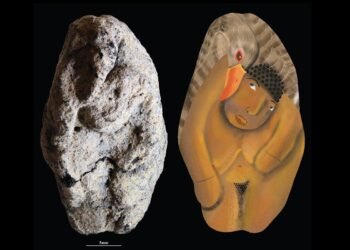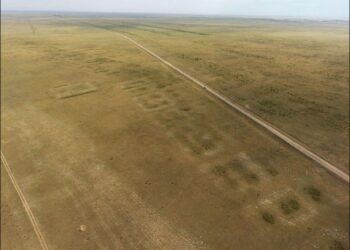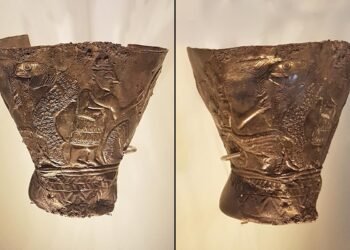Teotihuacan, an ancient Mesoamerican city located in the Teotihuacan Valley of Mexico, is renowned for its impressive pyramids and unique urban layout.

A recent study conducted by Ismael Arturo Montero García from the University of Tepeyac (UT), in collaboration with the National School of Anthropology and History (ENAH), suggests that the Pyramid of the Moon served as the astronomical orientation axis of Teotihuacan. This marks a significant shift from previous research that primarily focused on the Pyramid of the Sun.
According to the researchers, the vertices of the Pyramid of the Moon are aligned to the northeast with the sunrise during the summer solstice and to the southwest with the sunset during the winter solstice. This discovery indicates that the Teotihuacans intentionally designed the city to highlight these significant solar events.
“The volume of the Pyramid of the Moon established a proportional relationship with the perimeter delimitation of the space,” Montero García explained. “This frontality contained the visuals as a longitudinal axis that visually culminated with the facades of the other buildings.”
The team found that on the longest day of the year, the sun rises over the Xihuingo volcano, which functioned as an observatory to calibrate the calendar and sets behind Maninal Hill to the west. This alignment underscores the Teotihuacans’ advanced understanding of celestial mechanics and their integration of natural landscape features into their urban planning.
Archaeoastronomer Aarón González Benítez of ENAH noted that the city’s design replicates the Pyramid of the Moon’s solar orientations, suggesting a comprehensive urban planning approach based on astronomical principles. This new model challenges the long-held belief that the Pyramid of the Sun was the primary astronomical marker in Teotihuacan. Instead, it posits that the Pyramid of the Moon, located at the end of the Avenue of the Dead, is the most important structure in the city.
Related: Teotihuacan Virtual Tour
The research also highlights an interesting cultural aspect regarding the pyramid’s name. González Benítez pointed out that the structure was named the “Pyramid of the Moon” by the Mexica people, who founded the Aztec Empire after the city was abandoned. The original name given by Teotihuacan’s inhabitants remains unknown. Intriguingly, the team’s research suggests that the Pyramid of the Sun aligns with lunar standstills rather than solar events.
Photographic and video evidence supporting these hypotheses were obtained through drone flights conducted by independent professional Rafael Morales Orozco, director of the documentary series “Relatando Historias.” Geographer Anabell Pérez Flores is developing digital models to illustrate the research findings further.
More information: INAH






















